The Indigenous peoples of North America are far from monolithic, but one thing we all share is the use of stories to pass knowledge down through the generations. Our stories make us who we are. These storytelling traditions are inextricably linked to the art our different cultures produce. The designs painted onto our pottery, the images woven into our textiles, the paintings on our tipis, the patterns beaded into our regalia, the tattoos etched on our skin — each tells a story of identity, lineage and our deep relationships with the natural and spiritual worlds.
The W.K. Kellogg Foundation (WKKF) commissioned three original paintings as companion pieces for the Caring with Courage storytelling series. The foundation invited prominent Indigenous artists from the three places featured in our videos — Alaska, New Mexico and Chiapas, Mexico – to tell a story about Indigenous midwifery, childbirth and motherhood through their own cultural lens. These unique paintings are an invitation to share in that cultural perspective and to approach the subjects of new life, compassion and continuity from a distinctly Indigenous point of view.
The artists collaboratively selected a color palette of warm purples, browns and orange tones, and included a braid at the bottom or top of their painting that connects and intertwines the three works, creating a thread that spans the length of a continent. The stories they tell are likewise braided, echoing one another with themes of ancestral lines, intergenerational care, support and the sacred feminine.
We hope you accept this invitation to recenter the sacred in childbirth — and to remember and honor your own ancestral connections, cultural traditions and responsibilities to those yet to come.
Micah McCoy (Chikasha)
Communications Officer
W.K. Kellogg Foundation
Meet the artists
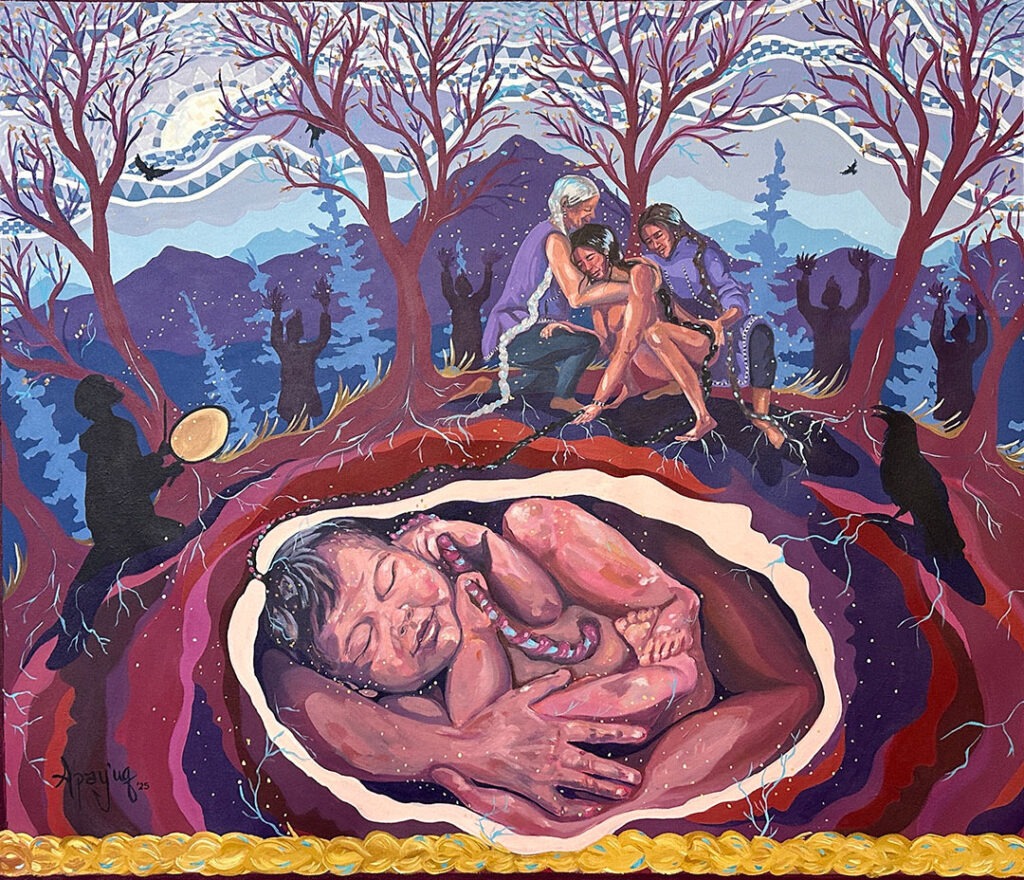
“Kangipluk, Tai Tia (My Baby, Come)”
Acrylic on canvas
By Apay’uq Moore, 2025
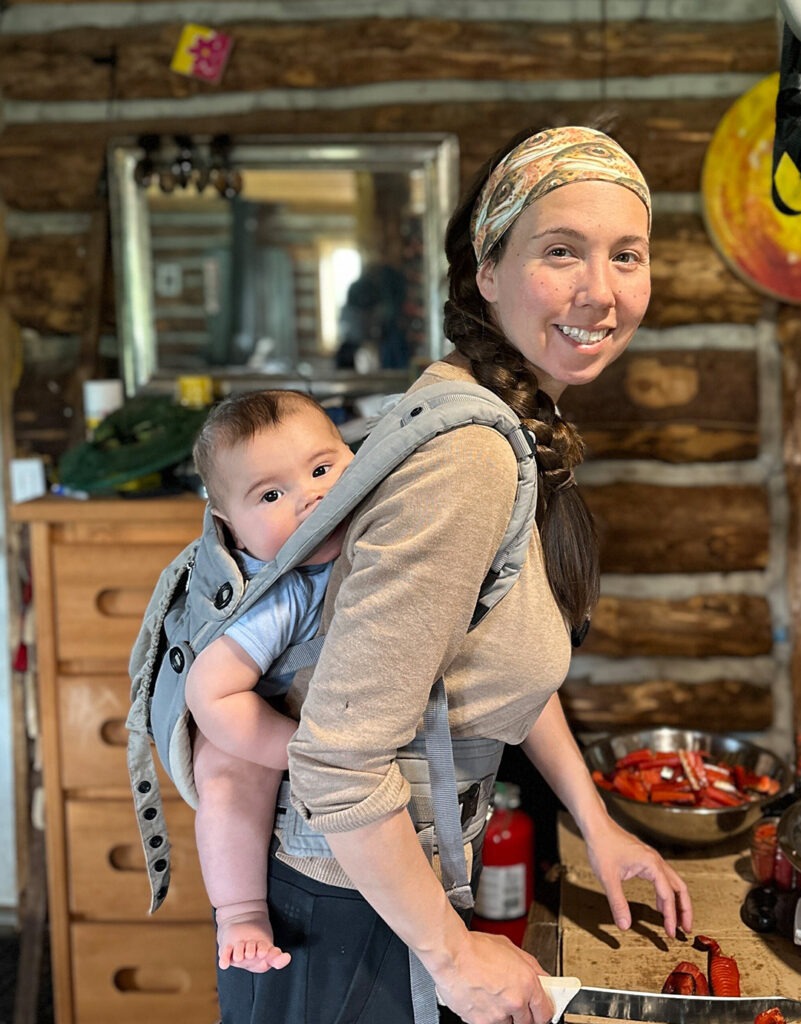
Apay’uq Moore (Yup’ik) is a multidisciplinary artist and activist living in the Bristol Bay region of Alaska whose art is inspired by a deep connection to the land, her family and the Yup’ik way of life. Her art celebrates the traditional subsistence lifestyle of the Yup’ik people, Native joy, familial love and the natural beauty of Bristol Bay. Her murals can be found all over Alaska, including Anchorage, Juneau and throughout Bristol Bay. She recently authored and illustrated the children’s book “Quyana Spirit,” which aims to inspire young readers to discover the magic all around them in the natural world while teaching Yup’ik vocabulary.
About “Kangipluk, Tai Tia (My Baby, Come)”
Inspired by traditional Yup’ik birthing practices, this piece reflects the deep cultural connections between land, family and new life. The contrasting black and white used throughout echo Yup’ik familial patterns used on parka designs, some of which are woven into the night sky as symbols of lineage and continuity.
The central scene features birthworkers in traditional qaspeqs, supporting a laboring mother. Dancers move around her, their energy merging with the rhythm of the drum and the mother’s own call to her baby. The hair braids of the mother and the birthworkers evoke the umbilical cord and connect the trio to the Earth and the Earth’s life force represented by the blue electric lines surrounding the baby. A raven — central to the Yup’ik origin story — watches over the birth. The overlapping faces forming the womb reflect generations of ancestors, while tree imagery alludes to the placenta’s role in nourishing and protecting new life.
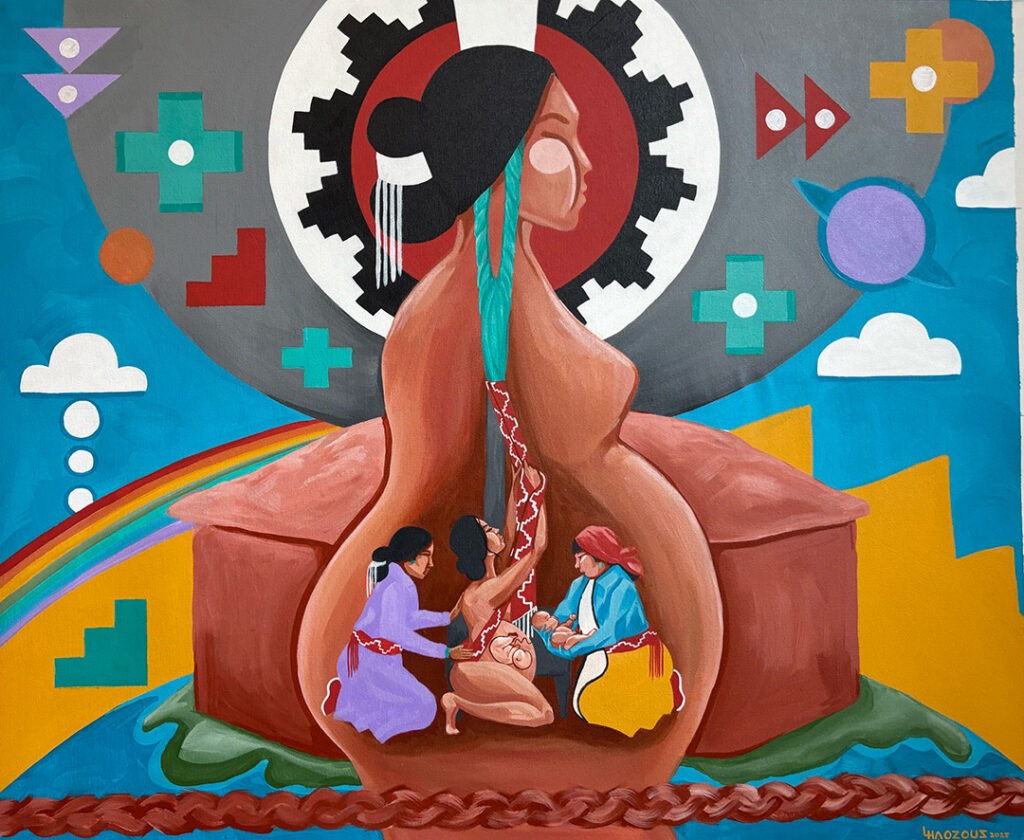
“Hero Twins”
Acrylic on canvas
By Lynnette Haozous, 2025
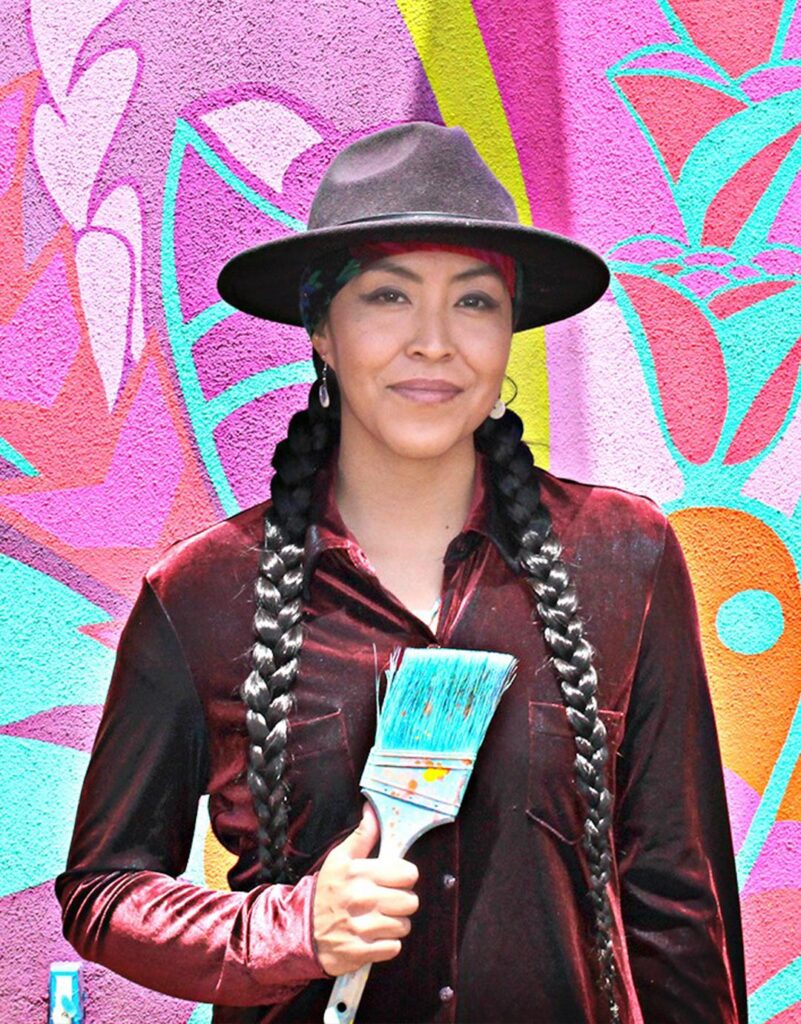
Lynnette Haozous (Chiricahua Apache, Diné, Taos Pueblo) is a multi-medium artist and activist based in Albuquerque, New Mexico. She grew up living on all three of her tribal nations, learning a unique blend of Indigenous perspectives, intersectionalities, traditions and experiences. She works in paintings, murals, installations, digital illustrations, screen-printing and community art workshops. The context of her work often revolves around honoring Indigenous women, the restoration of Indigenous matriarchy and large scale paintings and murals that celebrate Indigenous resilience and sovereignty — past and present.
About “Hero Twins”
This piece is inspired by Diné (Navajo) traditional birth practices. It tells the Diné story of “Changing Woman” who gave birth to the Hero Warriors Twins, “Monster Slayer” and “Born for Water.” The image depicts a traditional birth with Diné matriarchs assisting the laboring mother as she uses a long, woven sash belt hung from a wooden frame to help her bear down. The birth takes place inside a hogán, the traditional Diné dwelling, which symbolizes the womb. The stove pipe in the center represents the umbilical cord and the opening in the roof signifies the portal that connects worlds, earth, and spiritual plane. Diné birthworkers, like those depicted here, are helping to restore traditional birthing practices in our community, preserving our Diné ways of life for future generations.
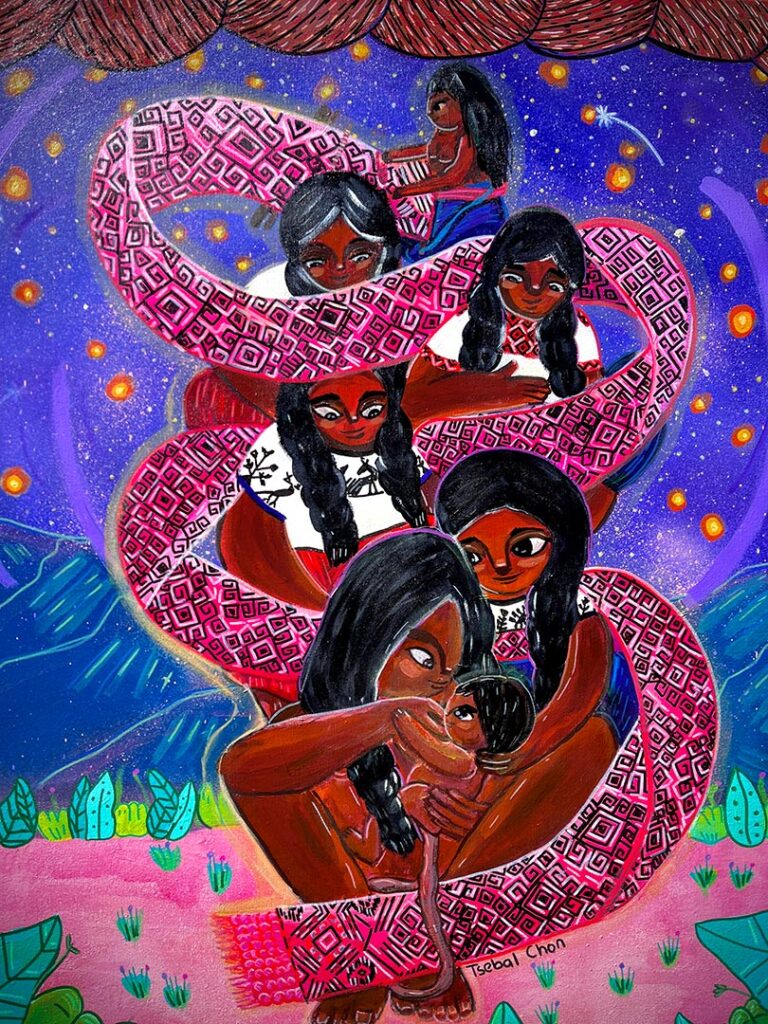
“Me’ jnet’om (Midwife)”
Acrylic on canvas
By Katia Gonzales (Tsebal Chon)
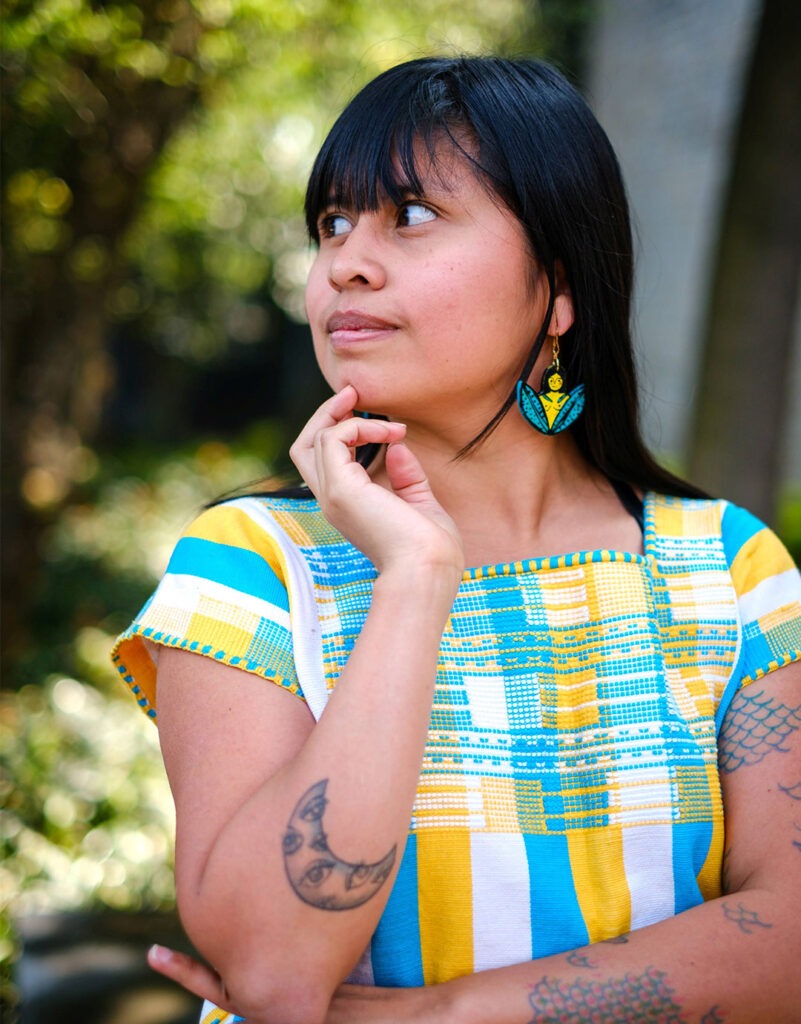
Katia Gonzalez/Tsebal Chon (Tsotsil Maya/Zoque) is an artist, illustrator and activist whose work celebrates the Indigenous cultures and languages of the Chiapas region of Mexico. Her illustrations depict the customs, traditions, games, family dynamics and everyday life of the cultures she has grown up in. Her work supports the preservation and revitalization of the Tsotsil language, particularly among children experiencing linguistic displacement — both within their ancestral lands and in urban areas where Tsotsil communities now live, inside and outside Chiapas.
About “Me’ jnet’om (Midwife)”
This piece honors the births of the women who came before me. It weaves together symbols that connect generations of women, from the Mayan Goddess Ixchel — revered as the Great Midwife — to the Woman who birthed the world through her loom.
The textile envelops the life and legacy of these ancestral women, surrounding the figure of the woman now in labor. Set against a starry night in the mountains, the scene reflects both continuity and reverence — placing birth within a sacred lineage that spans time, land and cosmos.
Hear firsthand accounts from birth workers and families in Alaska, New Mexico and Mexico through videos produced for WKKF by BBC StoryWorks Commercial Productions below
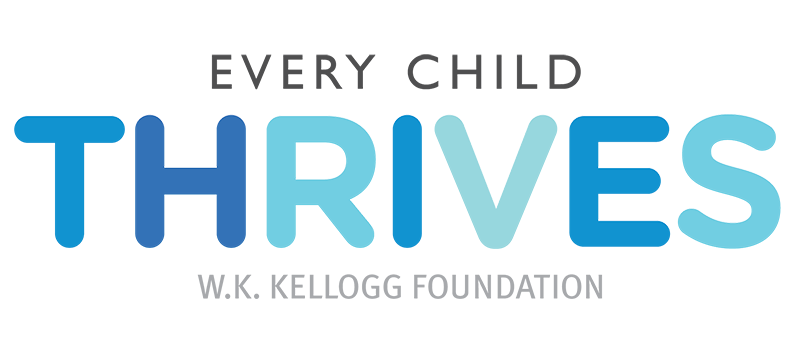
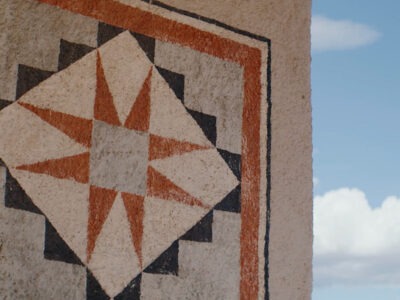
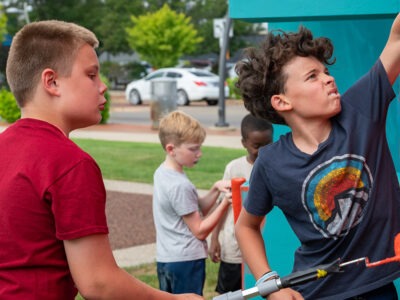
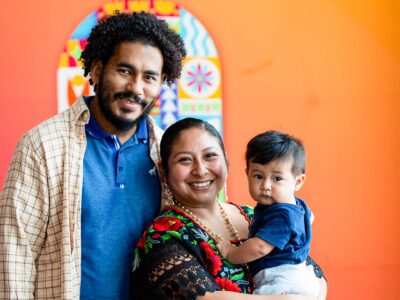
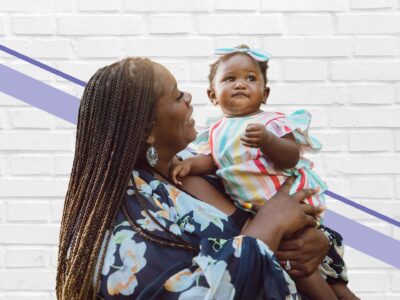
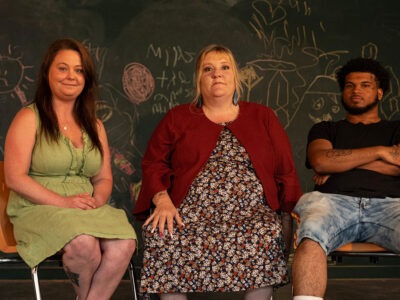
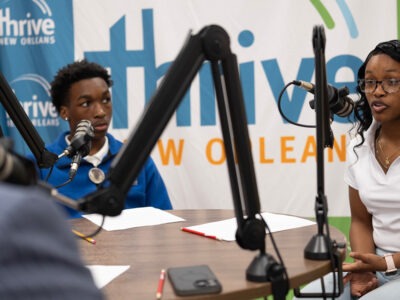
Comments